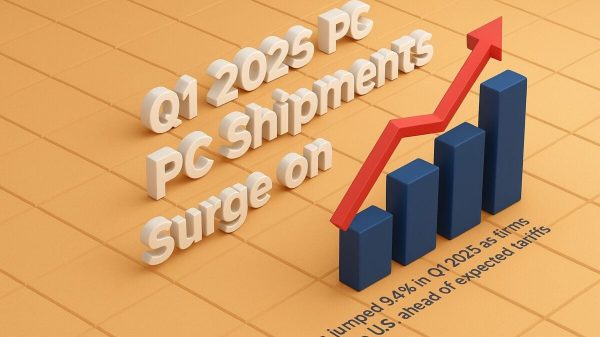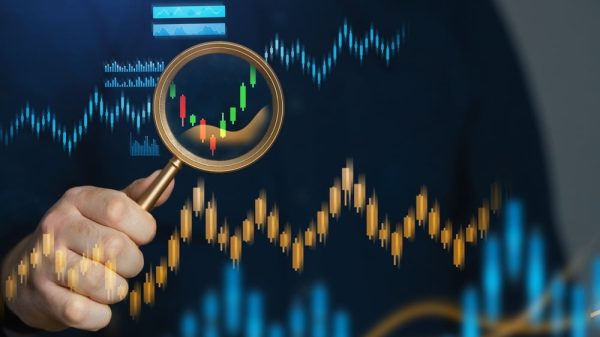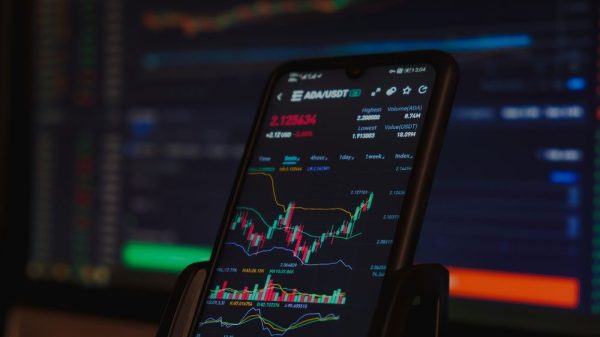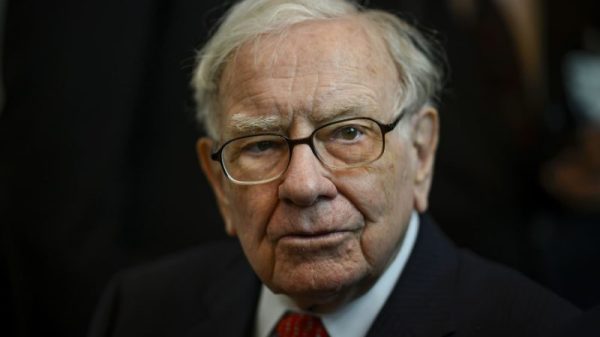`)
}
});
} else {
$(‘.blur’).css({
‘background’: ‘linear-gradient(95deg, #4e4e4e 25%, #000 45%, #bbb 75%, #FFFFFF 100%) 98%/200% 100%’,
‘text-transform’: ‘inherit’,
‘-webkit-background-clip’: ‘text’,
‘background-clip’: ‘text’,
‘-webkit-text-fill-color’: ‘transparent’
})
$(“.wpb_content_element”).append(`
Want to read more?
Click on the button below to access all premium content
articles by purchasing one of our educational packages
GET PREMIUM
`)
}
});
The Future of Artificial Intelligence and the Risks
The concept of Artificial intelligence (AI) can be traced back to the 1950s when computer scientists first began to explore the possibility of creating machines that could think and reason like humans. One of the earliest efforts in this area was the development of a program called ‘Logic Theorist’, which was designed to prove mathematical theorems using a set of logical rules. 1950 also saw the proposal of The Turing Test by the British mathematician and computer scientist Alan Turing in his paper titled ‘Computing Machinery and Intelligence’ where he proposed the idea of a test that could determine if a machine is capable of exhibiting intelligence equivalent to that of a human being.
AI has come a long way since those early ideas and experiments, and its impact on society and the economy is only set to grow. From autonomous vehicles to smart homes, AI has the potential to revolutionize the way we live and work. This article will explore the future of AI, its potential benefits, along with the potential risks.





























